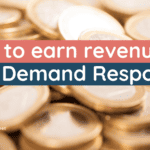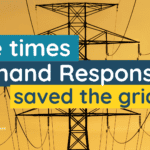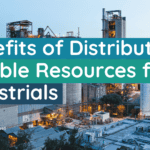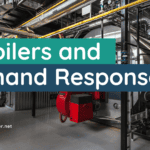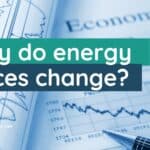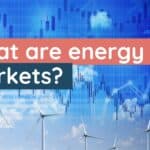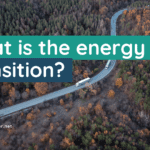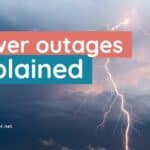With the ongoing climate crisis, renewables are important now more than ever. Not only do they lead to greener energy and a reduction in overall CO2 emissions, they are transforming our entire energy systems. But there is a problem with renewables that not many people talk about: they don’t produce a consistent output of energy. Thankfully, there’s a way to fix this to reach our sustainability goals.
What are Renewables?
Renewable energy is energy that comes from natural sources that are replenished at a higher rate than they are consumed. Both the sun and wind are two renewable sources that are always being replenished. But it can also include a host of others such as geothermal, hydro, ocean and bio energy. All of these sources, if used properly, can be produced at a higher rate than we can use them. These also have the added benefit of being cleaner because they create far less greenhouse gas emissions.
This is in direct contrast to non-renewables, or fossil fuels. Think of coal, oil or gas. These can take hundreds of millions of years to form. So by using them as a source of energy, it’s impossible for us to replenish them enough to sustainably rely on them for the long term.
The Problem with Renewable Energy
But renewable energy has a problem. They don’t always produce a consistent output of energy. Think of solar panels and wind turbines. These systems rely on external factors to turn energy into electricity. Solar panels need the sun to be shining, and wind turbines need the wind to be blowing. We can’t guarantee that these conditions will always be available. This means there isn’t always going to be a steady output of power if we rely on these renewable sources.
In the past, dispatchable generation was more common. Electricity generation could be programmed according to the demands of the electricity grid. Renewables do not have this luxury. On a small scale, these intermittent power sources don’t have a very big impact. But as the world moves to renewable energy sources, it becomes difficult for grid operators as energy demand and supply have to stay balanced.
A Balanced Grid
For an electricity grid to function properly, energy supply and demand have to be kept closely in balance at all times. This is usually with a <0.2% imbalance in normal operations, with the aim of maintaining frequency of around 50Hz. If this balance is not maintained, it can lead to issues like power outages and blackouts.
Traditionally, power plants burn fossil fuels in order to produce electricity and maintain a balanced grid. When electricity demand increases, more fossil fuels are burnt. Typically, these power plants operate at 80% capacity, with 20% in reserve to account for changes in energy demand. That way, no matter the circumstances, the grid will always remain in balance.

The Need for Flexibility Services
In order to integrate renewables into our energy systems, we have to find new ways to balance our electricity grids. Well, the solution lies in flexibility services. Services like demand response can help to compensate for the inability of renewables, by managing the energy used on the demand side.
Demand response harnesses the assets of businesses (e.g. lights, cooling systems, heat boilers), and directly controls the energy they use. When the demand for energy exceeds the supply, demand response can reduce the energy consumption of these assets to stabilise the grid.
As renewables grow, there is the possibility that energy supply may exceed energy demand. Here, flexibility services such as energy storage and energy curtailment help to offset the excess energy produced, allowing our energy systems to run more efficiently.
All of these flexibility services are critical to integrating renewables into our energy systems. It’s only with their help that we can successfully undergo the energy transition and meet our climate targets.
___________
Sympower is dedicated to creating a fully renewable energy system. We are the energy experts with years of experience in demand response and flexibility optimisation. Our goal is to turn the potential of your energy assets into extra revenue for you. We provide the technical expertise, all while you stay in control.


